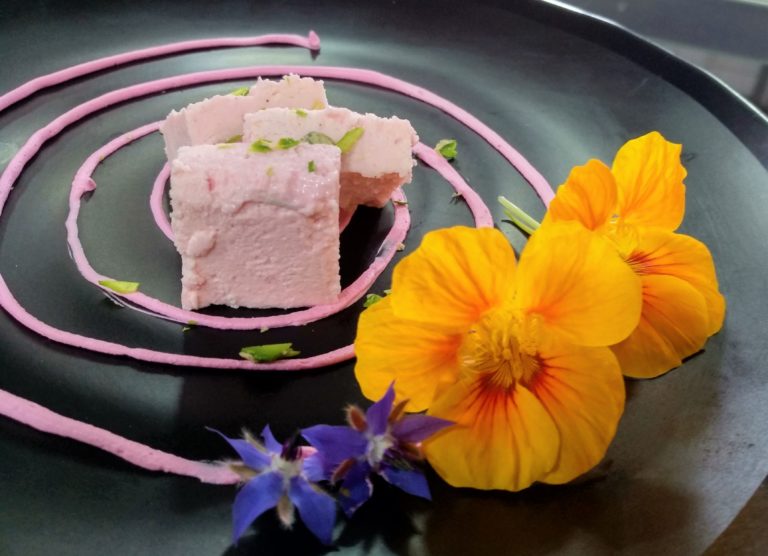When people talk about sweets it is quite obvious that they will talk about Rasogolla and of course of Bengal (West Bengal or Bangladesh). There are few factors which are considered to be mixed thoroughly with our gene – cultural activities and practice, soccer, fish, communism, idle gossiping (adda) etc. and of course sweets.
Being a Bengali, we should be proud enough that we have created revolution in the world of sweets and sweetmeats. Rasogolla, Kalojam, Langcha, Chamcham, Mihidana, Sitabhog, Chanar Payesh, Darbesh, Chandrapuli, Khirmohan, Mishti Doi, Langcha, Sandesh of many varieties and what not. Pioneers like K. C. Das (1866), Sri Hari Mishtanna Bhandar (1912), Balaram Mullick & Radharam Mullick (1885), Nalinchandra Das (1841), Chittaranjan Mishtanna Bhandar (1907), Sen Mahasay (1866), Girish Chandra Dey & Nakur Chandra Nandy (1844), Bhim Chandra Nag (1826) have created these items.
Apparently, these shop owners were not only creating sweets rather they were sublimely attached with the freedom movement. There are many facts attached with these famous shops about freedom movement of India.
Bengal was always a place for attraction to each and every outsider – be it for the purpose to invade or to do business or to consider a central point to move on other direction. It is quite obvious that whenever an outsider came to Bengal, they have left their habits and we the Bongs have adopted that so well. Again, it is our practice to adopt things well. In the 19th century when sweet makers from other Non-Bengali state started coming into our state another type of revolution came. Struggle for existence. Obviously, we Bengali people has a habit of holding “Old is Gold” mentality and that is why we are still inclined towards the stalwart sweet shops more. But shops like Haldiram, Bikanerwala, Gupta, Lovely etc. have thrown a challenge. They twisted our sweets with other sweets and created absolute new sweets which people have liked. Examples include Baked Mihidana, Baked Rasogolla, Lachhedar Mishti Doi, Anjeer Sandesh etc.
Sweets are the essence of Bengal. If we look into Chandimangal and the story of Kalketu and Phullara wherein Devi Chandi (Goddess Durga) took disguise of a golden chameleon, and when kalketu brought that chameleon to house to eat and survive and Devi Chandi came into her original form – she granted not only wealth or happiness rather she granted the best of the sweetmeats to survive and told that always pray with sweets to make the Gods and Goddesses happy.
Remembering these old stories and sayings Nalinchandra Das taken up the challenge and invented a sweet of its own kind – a fusion of foreign dessert and Bangali Sandesh “Ice Cream Sandesh”. A revolution of Sandesh took birth in the year 1953 (there are many a debate available on the date). It is a fusion with Bengali Bhapa Sandesh and Ice Cream wherein the ultimate product is melting in the mouth as well as supplementing all the necessary food value of milk to the body.
The business minded sweet makers often become more adventurous and to catch more business they give poetic names to their items – Desh Garob (Glory of the Nation), Manoranjan (Heart’s Delight), Pranohara (Captivator of the Soul), Abak (Wonder), Nayantara (The Eyeballs), Bagh (Tiger), Abar Khabo (Will have one after another) etc.
It is fact that Sandesh was actually named by Lord Ripon, Viceroy of India from 1880 to 1884. The tradition continued and even in the 1960s, a Sandesh called “Bulganiner Bishmoy” (Bulganin’s Wonder) was made in the honour of Soviet premier!

